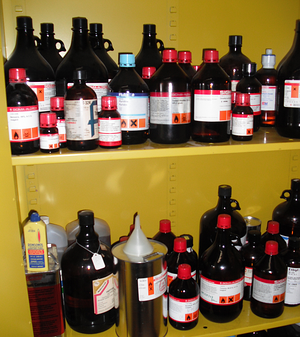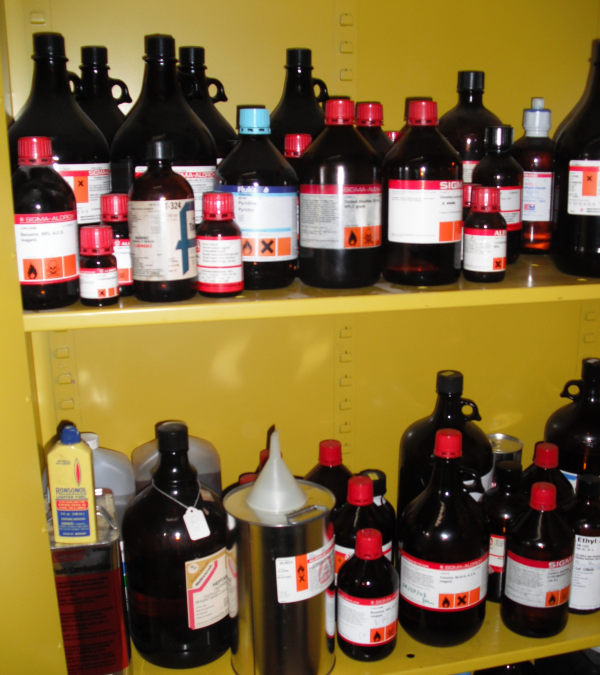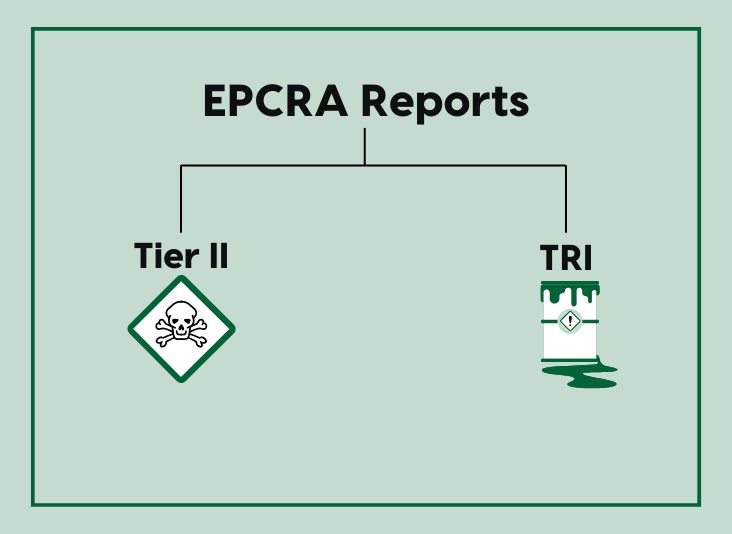Chemical Inventory: 5 Things Students Don’t Know
 For educational institutions, it’s important that an EHS employee keep a proper inventory of all chemicals in your labs and facilities. Unfortunately, this job is often left up to work-study students without in depth knowledge or training regarding the chemicals they are taking inventory of. While a work-study student can mean money savings in the short term, in the long run it can result in additional costs from mistakes, fines or even injuries.
For educational institutions, it’s important that an EHS employee keep a proper inventory of all chemicals in your labs and facilities. Unfortunately, this job is often left up to work-study students without in depth knowledge or training regarding the chemicals they are taking inventory of. While a work-study student can mean money savings in the short term, in the long run it can result in additional costs from mistakes, fines or even injuries.
Here are some things to know before deciding a work-study student is the right hire for you.
1.) Nitric acid
A chemical often used as an analytical reagent, etchant or as a cleaning agent, nitric acid is a highly corrosive acid found in many laboratory settings. The obvious hazard with nitric acid is dermal exposure as this acid readily attacks proteins and fats, thus burning human flesh easily. In addition to skin exposure, violent reactions can occur fairly easily with nitric acid. Nitric acid is incompatible with all organic materials, metals, cyanides, sulfides, bases and even water. Because of this, nitric acid should always be stored away from organics and basic materials.
2.) Communication
Chemical manufacturers are required to assess the hazards of the chemicals they produce and prepare documentation highlighting the hazards/risks associated with that chemical. OSHA’s Hazard Communication Standard (HCS) requires that this information is available and understandable for all workers handling chemicals. This means that any chemical being used in the lab must have a Material Safety Data Sheet (MSDS) or Safety Data Sheet (SDS) on file. If you need the person doing your chemical inventory to order and stock chemicals, they should have a basic understanding of these regulations and chemicals so as to assure the data sheet is present and accurate. Having someone who can knowledgeably assist an answer questions is beneficial and can supplement these sheets.
3.) Sodium Azide
Sodium azide is often a chemical of high concern for many laboratories due to the explosion hazard associated with it. Sodium azide is most commonly found in salt form and as a preservative in many buffer solutions and in vitro diagnostic products. The explosion hazard associated with sodium azide exists when the chemical is exposed to metals. The salt/crystalline form should not be stored in a flammable cabinet, a common mistake seen in laboratories as the salt can react with the metal cabinet to form unstable azide compounds.
Additionally, unused/spent solutions containing sodium azide should never be dumped down the drain, rather it should be collected as hazardous waste. Although the sodium azide in these solutions is often less than 1%, the chemical can build up in the pipeline. Over a period of time, the azide can react with the pipe material (copper, lead, brass etc.) to form unstable azide compounds. Depending on the piping material, some of these newly formed metal-azide compounds can be more sensitive than nitroglycerine.
4.) Organization
While it may seem convenient and handy to store chemicals alphabetically on a shelf or cabinet for easier accessibility, this is a common mistake. Storing chemicals in this manner can often lead to incompatible materials being stored side-by-side. Chemical organization should be based on the hazard associated with it (i.e. flammable, corrosive, toxic) first, alphabetically second. This can eliminate danger and help make your lab safer and more organized
5.) Security
The Department of Transportation (DOT) and U.S. Department of Homeland Security (DHS) often require facilities that store and use hazardous chemicals to have a documented security plan in regards to hazardous materials storage. Those performing chemical inventory should not only be familiar with your facility’s security plan but they should always be mindful of ensuring the lab space is secured and unfamiliar people are not allowed to enter areas where hazardous chemicals are stored and/or used. It may be a good idea to ensure that those performing chemical inventory have previous experience with such plans to ensure everything is up to par and allow them to make constant improvements to the plan. A lack of understanding of such plans could be detrimental to your institution’s safety and compliance.
For more information on chemical inventory, check out our upcoming webinar in the link below.
To learn more about how our services could benefit your organization, click the link below.











.png)